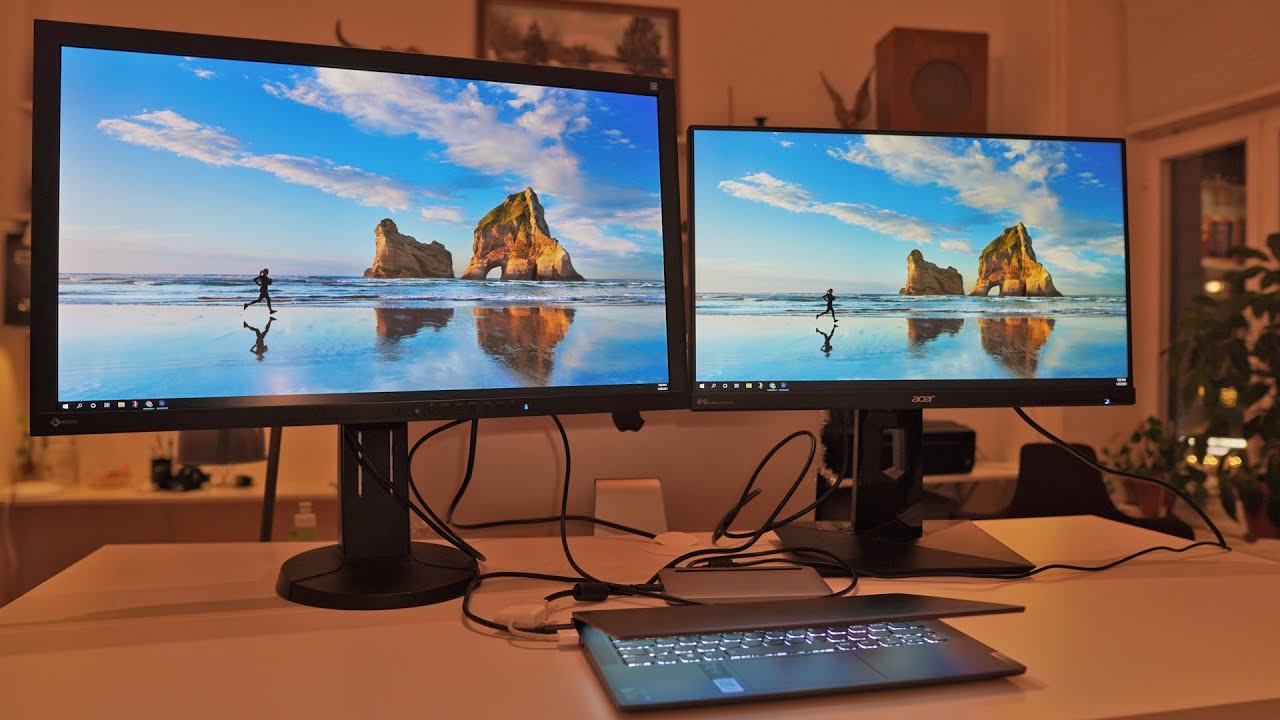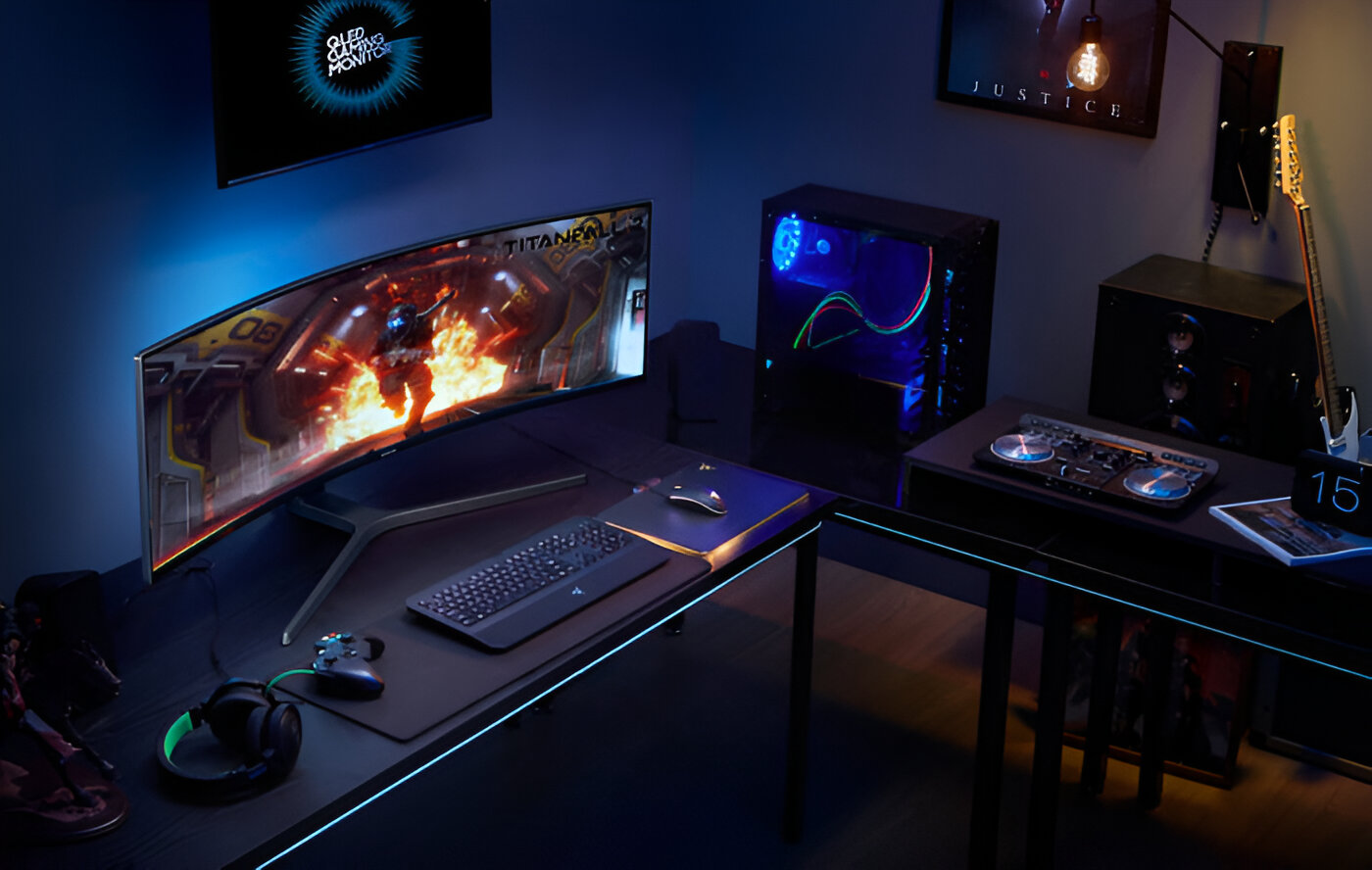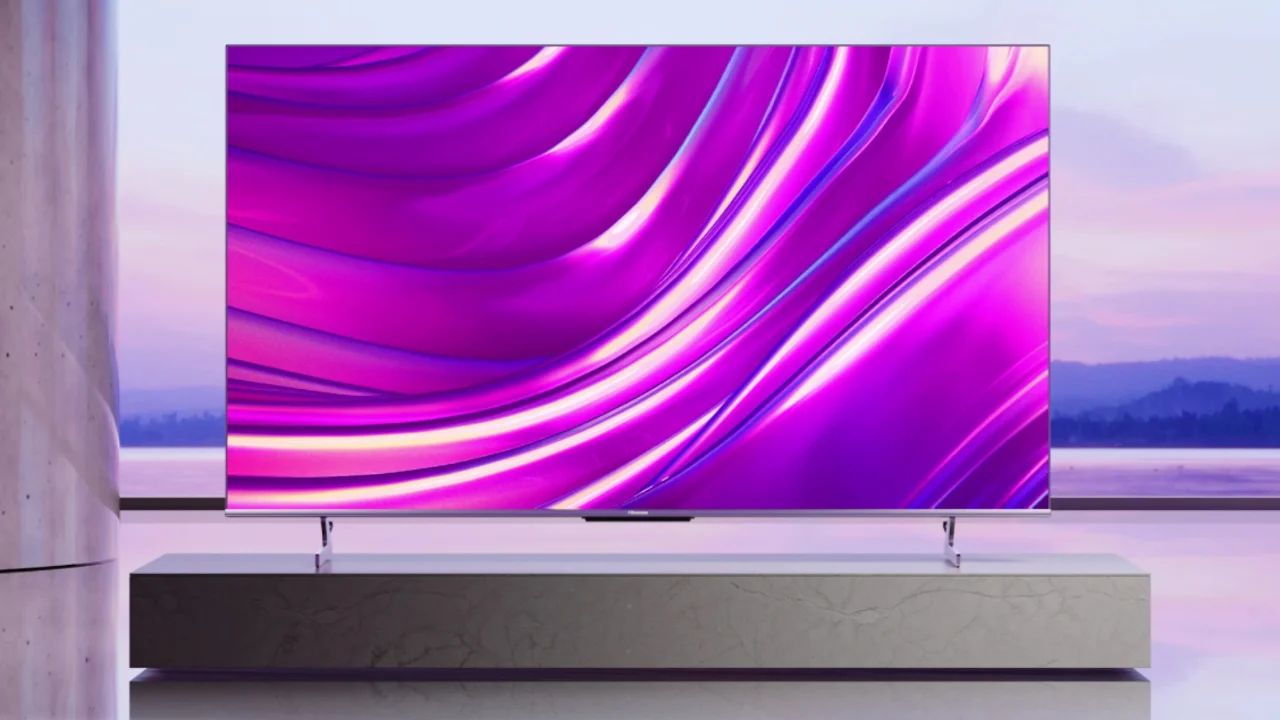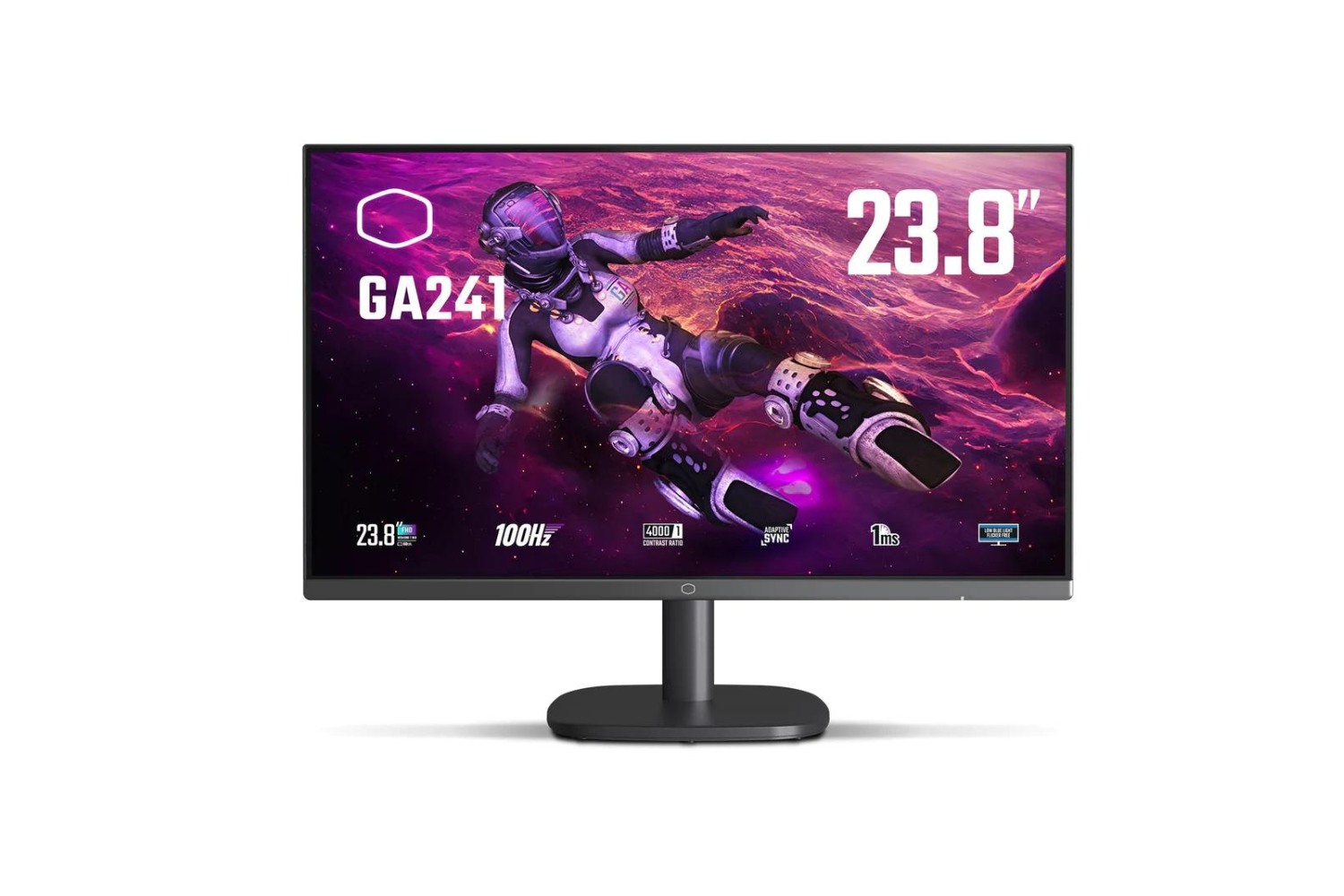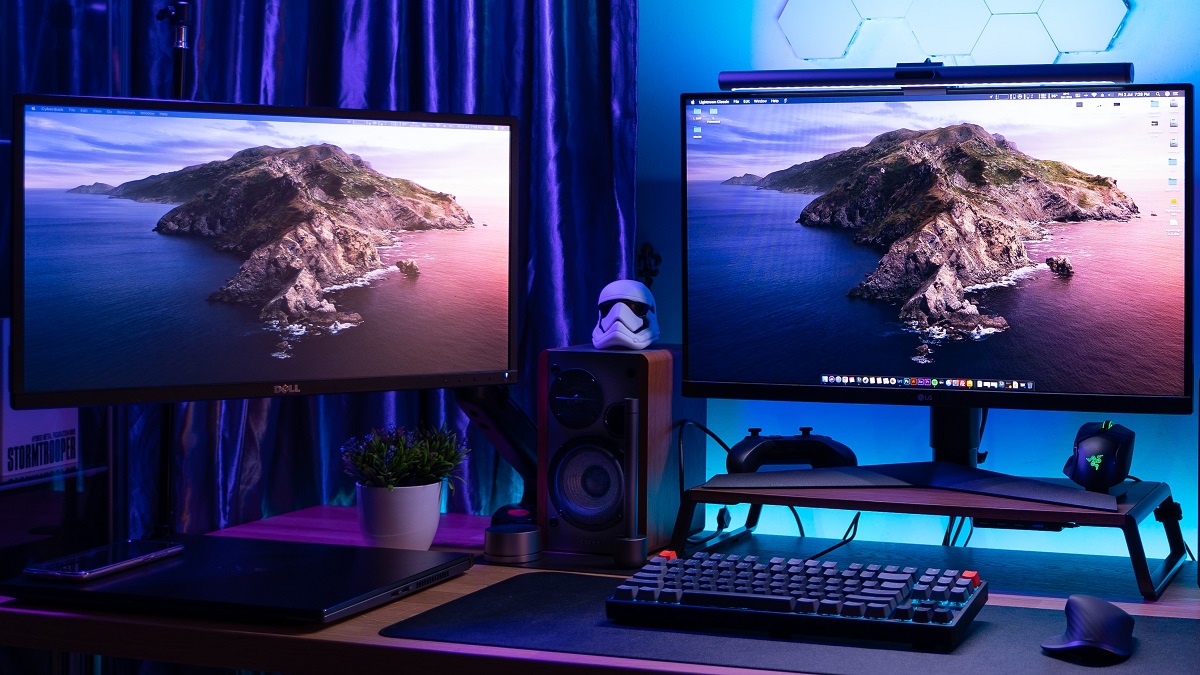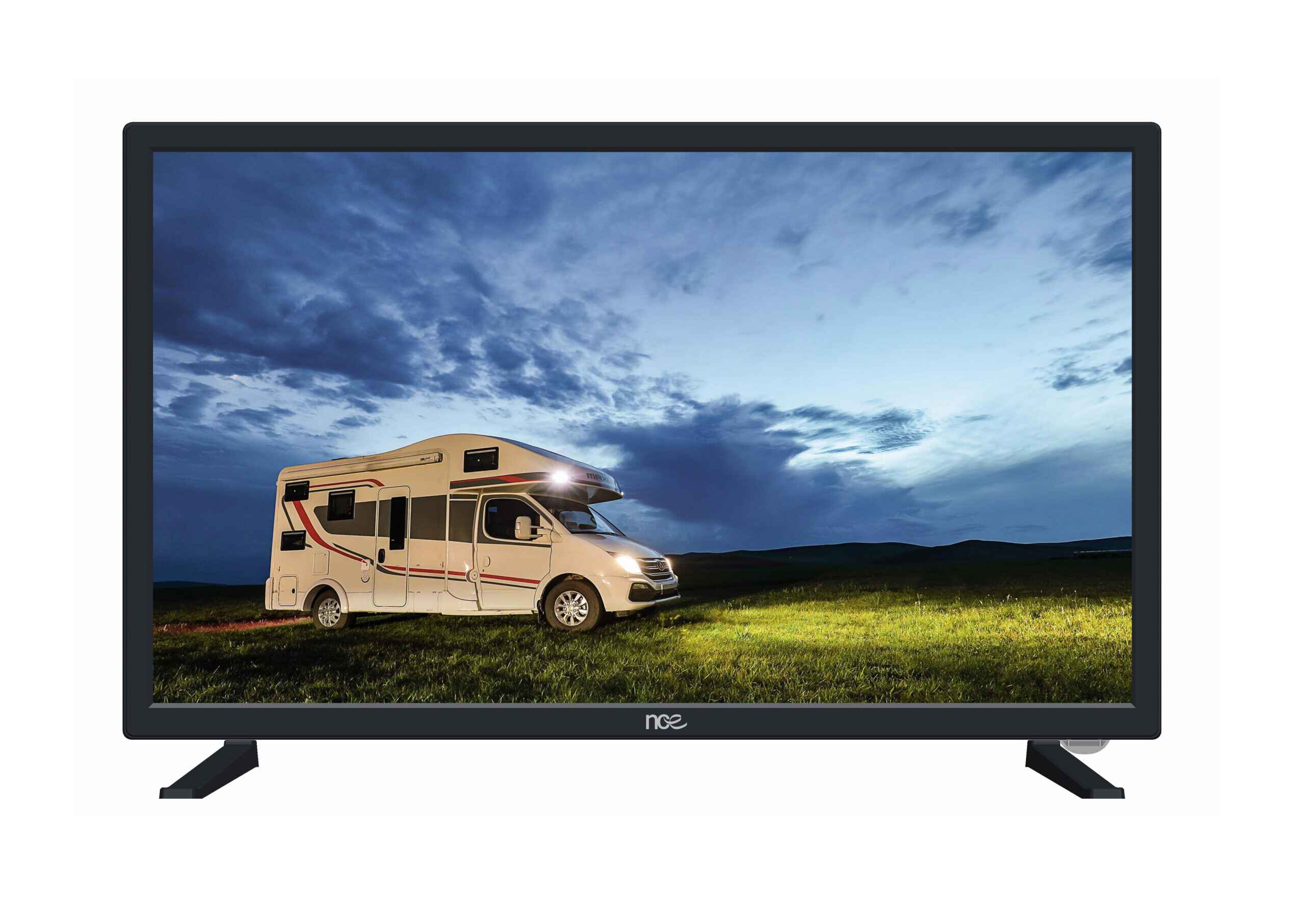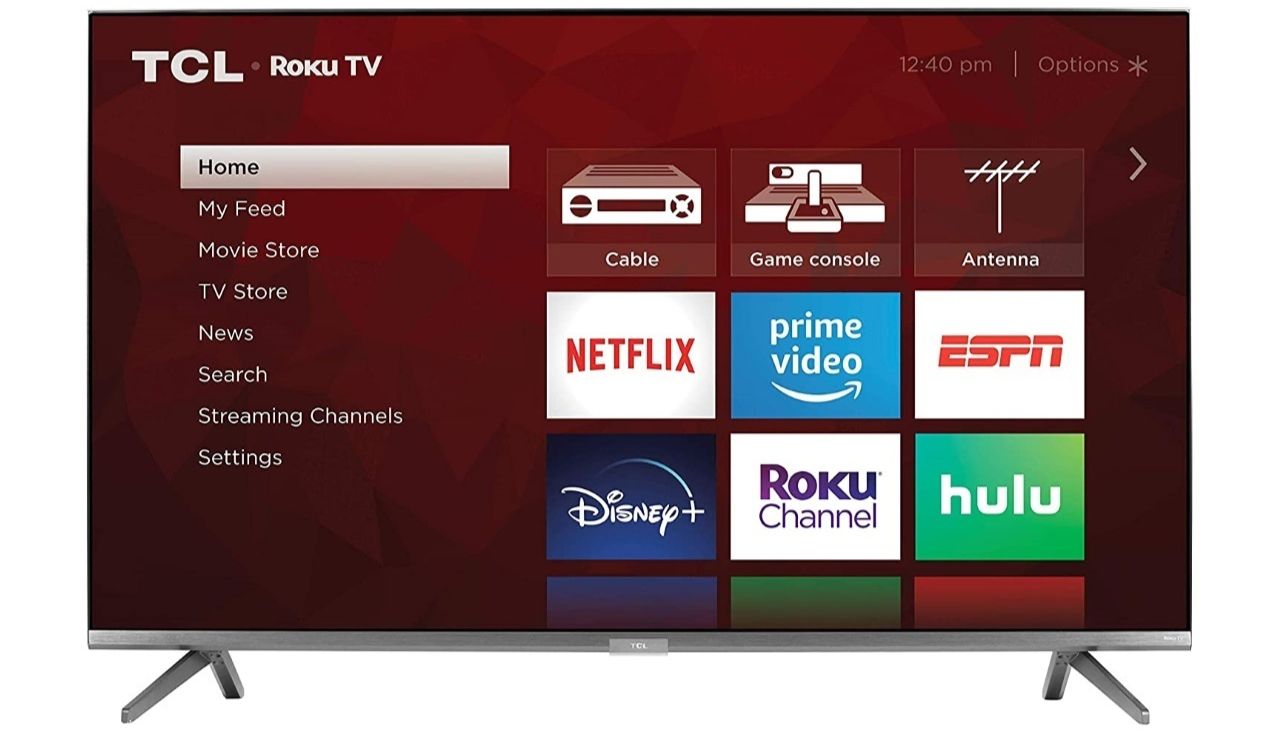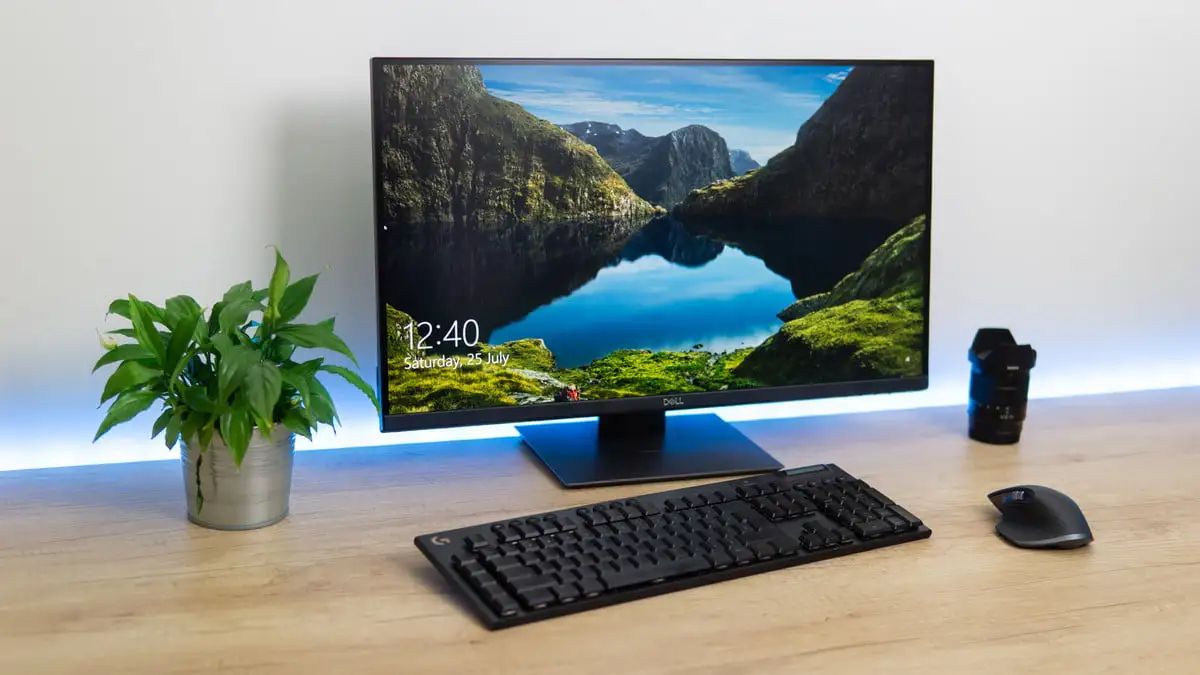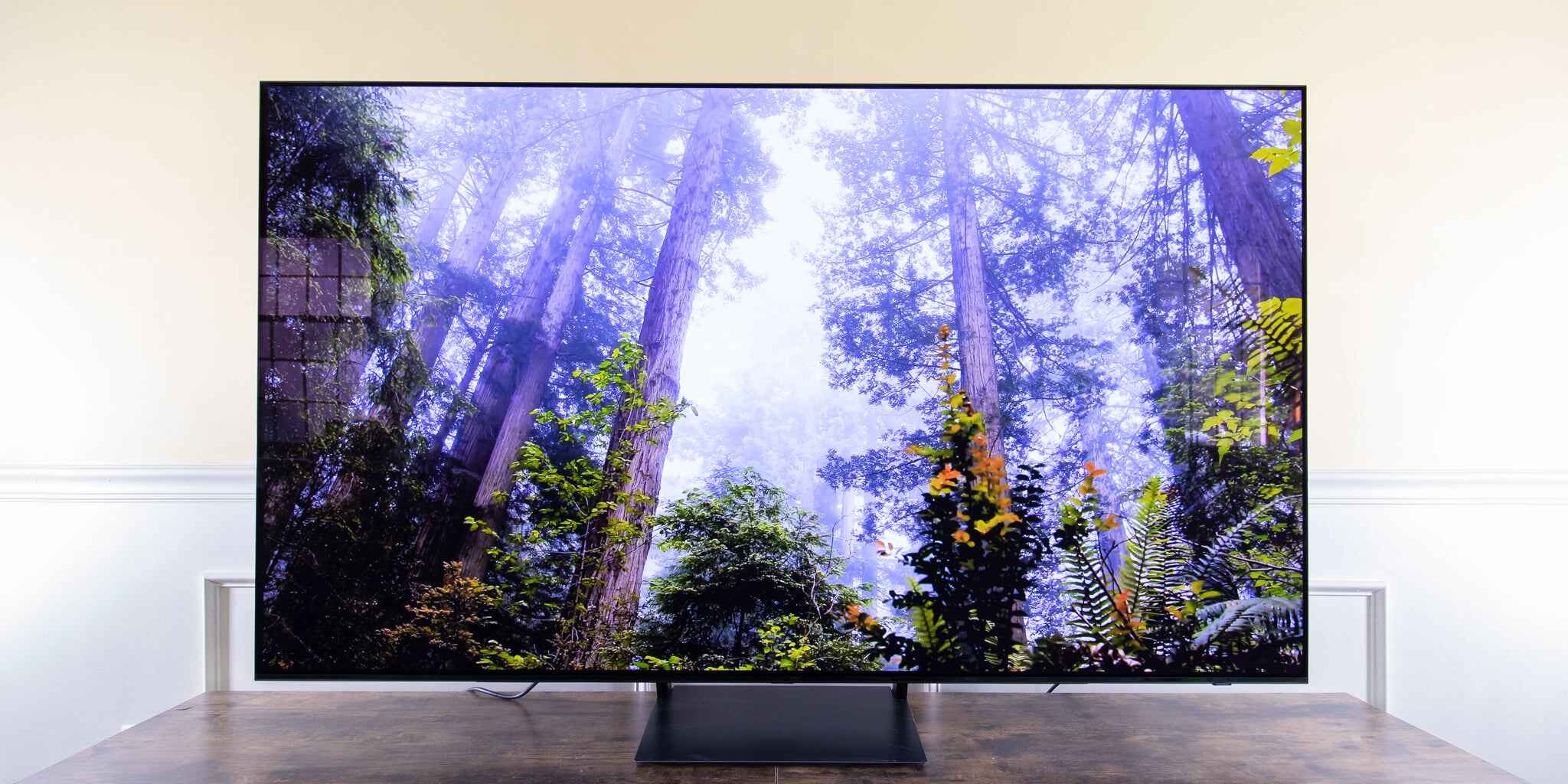Introduction
Welcome to the world of monitors, where size really matters. In today’s digital age, having the right monitor can greatly enhance your visual experience, whether you’re working, gaming, or simply watching your favorite movies. With such a wide variety of monitor sizes available, it can be overwhelming to choose the perfect one for your needs.
One popular size that strikes a balance between screen real estate and space efficiency is the 24-inch monitor. This versatile display offers an ideal size for multiple purposes, making it a favorite among professionals and gamers alike.
But what exactly is a 24-inch monitor, and what sets it apart from other sizes? In this article, we will delve into the dimensions and weight of a 24-inch monitor, compare its screen size to other common sizes, discuss the benefits of using a 24-inch monitor, and provide some considerations to keep in mind when purchasing one.
So, whether you’re looking to upgrade your current monitor or are venturing into the world of monitors for the first time, let’s explore just how big a 24-inch monitor is and why it might be the perfect fit for your needs.
What is a 24 inch monitor?
A 24-inch monitor refers to the diagonal measurement of the screen from corner to corner. It is a measurement used to describe the size of the display panel. In the case of a 24-inch monitor, the screen measures 24 inches diagonally, providing ample space for various tasks without being overly large and dominating your workspace.
These monitors come in different resolutions, such as Full HD (1920×1080 pixels) or Quad HD (2560×1440 pixels), which ensures crisp and sharp visuals. With advancements in technology, you can also find 24-inch monitors with higher resolutions that offer even more stunning image quality.
Most 24-inch monitors feature a widescreen aspect ratio of 16:9, which provides a wide viewing area and allows for better multitasking. This aspect ratio is well-suited for watching movies, playing games, and working with multiple windows or software simultaneously.
It’s worth noting that a 24-inch monitor is considered a mid-sized display, making it suitable for a wide range of uses. Professionals who require a larger workspace for graphic design, video editing, or coding tasks will appreciate the extra screen real estate without feeling overwhelmed by a massive display.
Gamers are also drawn to the 24-inch monitor size, offering an immersive gaming experience without sacrificing too much desk space. The size strikes a balance between visual impact and practicality, allowing gamers to enjoy detailed visuals and smooth gameplay without straining their eyes.
Additionally, for everyday use, such as web browsing, document editing, and general productivity tasks, a 24-inch monitor provides a comfortable viewing experience. The text is clear and easy to read, and you can comfortably view multiple pages side by side without feeling cramped.
In the next section, we’ll explore the exact dimensions and weight of a typical 24-inch monitor to give you a better understanding of its physical specifications.
Dimensions and Weight of a 24 inch monitor
A 24-inch monitor typically has dimensions that vary slightly depending on the manufacturer and model. However, the general range for the width is around 22 to 23 inches, the height is approximately 13 to 14 inches, and the depth is usually around 2 to 3 inches.
The slim design of these monitors makes them perfect for saving space on your desk or workstation, as they take up minimal room. The narrow bezels surrounding the screen also contribute to a sleek and modern look.
When it comes to weight, a 24-inch monitor is relatively light and easy to handle. On average, these monitors weigh between 7 to 12 pounds, making them portable and convenient to move around if needed. The lightweight design makes them suitable for those who require a monitor that can be easily transported for presentations or gaming events.
Additionally, with the rise of thin and lightweight monitors, some models in the 24-inch size range now feature an ultra-slim profile. These monitors can have a depth of less than an inch, further reducing their footprint and adding to their portability.
It’s important to note that the dimensions and weight mentioned above are general guidelines, and specific models may have variations. Therefore, it’s always recommended to check the product specifications provided by the manufacturer before making a purchase.
Now that we have explored the dimensions and weight of a typical 24-inch monitor, let’s move on to the next section to compare its screen size to other common monitor sizes.
Screen Size Comparison of a 24 inch Monitor
When it comes to choosing the right monitor size, it’s essential to consider your specific needs and preferences. While a 24-inch monitor may be the perfect size for some, it’s essential to compare it with other common monitor sizes to get a better understanding of its relative dimensions.
Compared to smaller monitors, such as 21 or 22 inches, a 24-inch monitor offers a noticeable increase in screen real estate. The additional display area allows for a more immersive viewing experience, making it easier to work on detailed projects, watch movies, or play games.
On the other hand, when compared to larger monitors, such as 27 or 32 inches, a 24-inch monitor may seem relatively compact. However, this smaller size can be advantageous in terms of practicality and space-saving. If you have limited desk space or prefer a setup that isn’t overwhelming, a 24-inch monitor strikes a balance between screen size and footprint.
It’s worth mentioning that the size of the monitor alone doesn’t determine the quality of the viewing experience. The resolution, pixel density, and panel technology also play significant roles. A high-resolution display on a 24-inch monitor can provide sharp and detailed visuals, while an inferior display on a larger monitor may result in a less pleasing image quality.
Ultimately, the choice between a 24-inch monitor and other sizes depends on your personal preferences, intended use, and available space. It’s highly recommended to visit a physical store or view demos and reviews online to get a better sense of how different monitor sizes suit your needs.
Now that we have explored the screen size comparison of a 24-inch monitor, let’s move on to the next section to discover the benefits of using a monitor of this size.
Benefits of Using a 24 inch Monitor
Opting for a 24-inch monitor comes with a multitude of benefits that can greatly enhance your overall computing experience, whether it’s for work or entertainment. Let’s explore some of the advantages of using a monitor of this size:
1. Ideal Size: A 24-inch monitor strikes a balance between screen real estate and desk space. It offers ample space for tasks such as designing, coding, video editing, and gaming, without overwhelming your workspace.
2. Enhanced Productivity: The extra screen space provided by a 24-inch monitor allows for multitasking with ease. You can have multiple windows or applications open side by side, improving efficiency and productivity.
3. Immersive Gaming Experience: Gamers will appreciate the immersive gameplay experience a 24-inch monitor offers. The larger screen size enables better visibility of game details, enhances the sense of depth and immersion, and allows for a wider field of view.
4. Crisp and Clear Visuals: Most 24-inch monitors come with high-resolution displays, such as Full HD or Quad HD, ensuring sharp and detailed visuals. This is particularly beneficial when working with intricate designs, detailed spreadsheets, or watching high-definition multimedia content.
5. Suitable for a Variety of Uses: Whether you’re a professional working on creative tasks, a student studying, or simply browsing the web, a 24-inch monitor offers a comfortable viewing experience. Text is easy to read, images are clear, and it can accommodate various activities with ease.
6. Energy Efficiency: Compared to larger monitors, a 24-inch monitor generally consumes less power. This energy efficiency is not only eco-friendly but also helps reduce electricity costs over time.
7. Lower Price Point: When compared to larger monitors with similar features, a 24-inch monitor tends to be more cost-effective. It offers a good balance between functionality and affordability, making it an attractive option for budget-conscious buyers.
Keep in mind that the benefits mentioned above are general advantages associated with 24-inch monitors. However, it is important to consider your specific needs and usage requirements before making a purchase.
Now that we have explored the benefits of using a 24-inch monitor, let’s move on to the next section to discuss some considerations to keep in mind when buying a monitor of this size.
Considerations When Buying a 24 inch Monitor
Before investing in a 24-inch monitor, there are several factors to consider to ensure you make the right choice for your needs and preferences. Here are some key considerations to keep in mind:
1. Resolution: Determine the resolution you need. While 24-inch monitors generally come with Full HD (1920×1080 pixels) resolution, you may want to consider higher resolutions like Quad HD (2560×1440 pixels) or even 4K if you require exceptionally sharp and detailed visuals.
2. Panel Type: Consider the panel type based on your usage. Twisted Nematic (TN) panels offer fast response times for gaming, while In-Plane Switching (IPS) panels provide better color accuracy and viewing angles for graphic design or multimedia tasks.
3. Refresh Rate: For gamers or those working with fast-paced content, a higher refresh rate is important. Look for a 24-inch monitor with a refresh rate of at least 75Hz or higher for smooth motion and reduced motion blur.
4. Connectivity Options: Check the available ports to ensure compatibility with your devices. Look for common ports like HDMI, DisplayPort, and USB to connect to your computer, gaming console, or other peripherals.
5. Ergonomics: Consider the ergonomic features that suit your needs, such as adjustable height, tilt, and swivel. These adjustments help optimize comfort during long hours of use and prevent neck or eye strain.
6. Color Accuracy: If you work with color-critical tasks, such as graphic design or photo editing, consider a monitor that offers accurate color reproduction and sRGB or AdobeRGB color space coverage for more precise color representation.
7. Budget: Determine your budget and find a 24-inch monitor that offers the best value for your money. Compare prices, features, and customer reviews to make an informed decision within your price range.
8. Additional Features: Consider any additional features that may enhance your experience, such as built-in speakers, USB hubs, or adjustable blue light filters to reduce eye strain.
By considering these factors, you can narrow down your options and select a 24-inch monitor that meets your specific requirements.
Now that we have discussed the considerations when buying a 24-inch monitor, let’s move on to the concluding section.
Conclusion
In conclusion, a 24-inch monitor offers a versatile and practical solution for various computing needs. With its ideal size, crisp visuals, and immersive experience, it has become a popular choice among professionals, gamers, and general users.
We have explored the dimensions and weight of a typical 24-inch monitor, compared its screen size to other common sizes, discussed the benefits of using a monitor of this size, and highlighted important considerations when buying one.
Remember to consider factors such as resolution, panel type, refresh rate, connectivity options, ergonomics, color accuracy, and budget when selecting a 24-inch monitor. By taking these factors into account, you can choose a monitor that suits your specific needs and delivers a satisfying computing experience.
Whether you’re seeking a monitor for work, entertainment, or both, a 24-inch monitor strikes a perfect balance between functionality and space efficiency. It offers a comfortable viewing experience, enhances productivity, and immerses you in the world of gaming or multimedia content.
So, take your time, do your research, and find the perfect 24-inch monitor that will elevate your computing experience to new heights.







